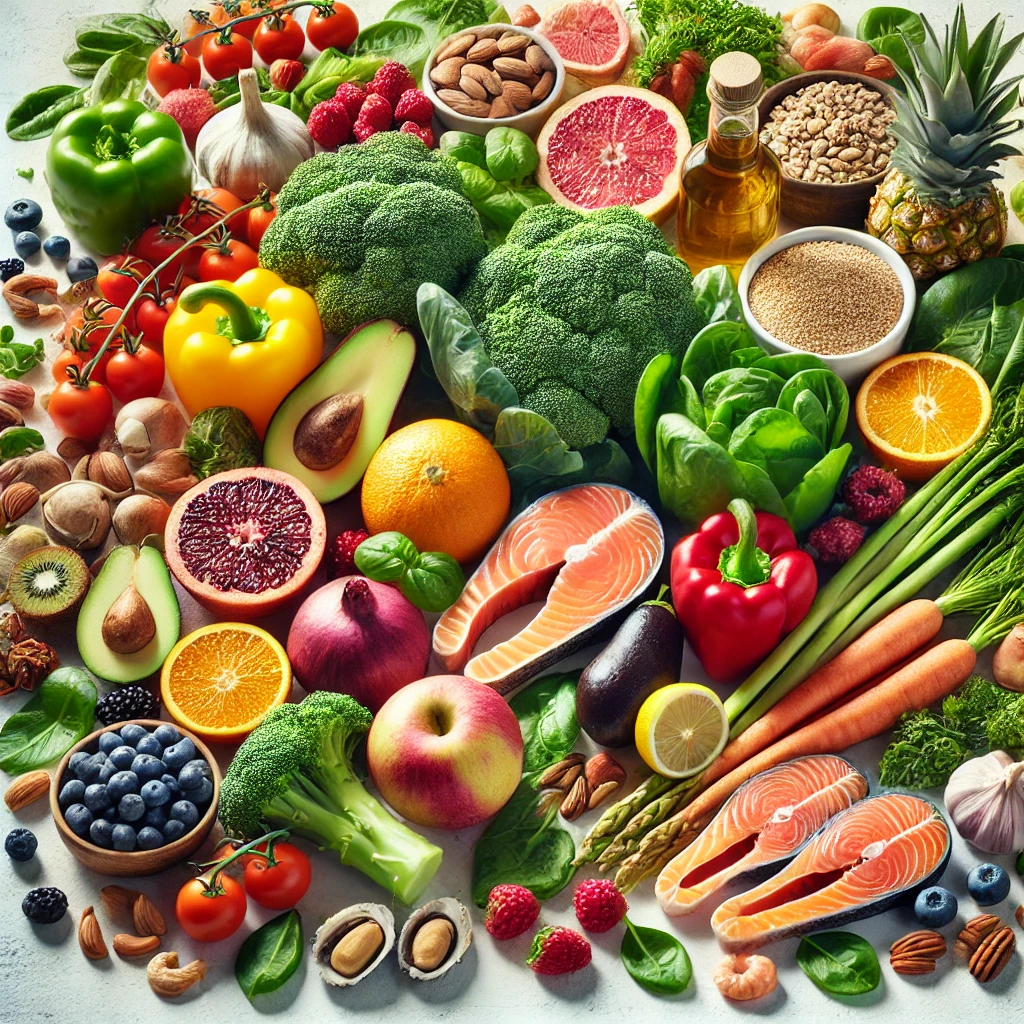The Rise of Clean Eating: What It Means for Your Health
In recent years, the clean eating trend has gained significant traction, transforming the way people approach their diets and food choices. As consumers become more health-conscious, they are increasingly seeking out whole, unprocessed foods and striving to eliminate artificial additives and preservatives from their meals. But what does clean eating really mean, and how does it impact our health? Let’s delve into the clean eating movement, its implications for consumer choices, and how you can make healthier food decisions.
What is Clean Eating?
Clean eating is a lifestyle choice centered around consuming whole, minimally processed foods while avoiding artificial ingredients, refined sugars, and unhealthy fats. It emphasizes the importance of nourishing your body with nutrient-dense foods that provide essential vitamins, minerals, and energy.
The core principles of clean eating include:
- Prioritizing Whole Foods: Focus on fresh fruits, vegetables, whole grains, lean proteins, and healthy fats while minimizing processed foods that contain artificial ingredients and additives.
- Avoiding Refined Sugars and Grains: Limit or eliminate added sugars and refined grains, opting instead for natural sweeteners and whole grains that retain their fiber and nutrients.
- Reading Labels: Be vigilant about food labels and ingredient lists, choosing products with recognizable, whole-food ingredients over those with long lists of chemicals and preservatives.
- Mindful Eating: Pay attention to portion sizes, eating slowly, and being conscious of your hunger cues to foster a healthier relationship with food.
The Impact of Clean Eating on Consumer Choices
As the clean eating trend has gained momentum, it has profoundly influenced consumer behavior and food industry practices. Here are some key impacts:
- Increased Demand for Natural Foods
Consumers are becoming more aware of the health implications of their food choices, leading to a surge in demand for organic, natural, and locally sourced products. This shift is prompting grocery stores and restaurants to offer more clean options, making it easier for individuals to make healthier choices. - Food Labels and Transparency
With the rise of clean eating, food labeling has become increasingly transparent. Many brands now highlight their commitment to clean ingredients on packaging, allowing consumers to make informed choices about what they’re buying. The “clean label” movement encourages manufacturers to be upfront about their ingredient sourcing and production practices. - Influence of Social Media
Social media platforms, particularly Instagram and Pinterest, have played a significant role in promoting the clean eating trend. Influencers and health advocates share recipes, tips, and personal success stories, inspiring their followers to adopt cleaner eating habits. This online community fosters a culture of support and motivation around healthy living. - Shift in Eating Out
As more consumers prioritize clean eating, restaurants and cafes are adapting their menus to include healthier options. Many establishments now highlight locally sourced ingredients and provide nutritional information, catering to the growing demand for transparency and healthier fare.
Choosing fresh, minimally processed foods is a powerful step toward a healthier lifestyle and well-being.
Making Healthier Food Decisions
Embracing clean eating doesn’t have to be overwhelming. Here are some practical tips to help you make healthier food decisions:
- Start Small
If you’re new to clean eating, begin by incorporating more whole foods into your diet gradually. Try replacing processed snacks with fresh fruits, nuts, or yogurt, and experiment with cooking more meals at home. - Plan Your Meals
Meal planning can help you make healthier choices and reduce the temptation to reach for convenience foods. Set aside time each week to plan nutritious meals and snacks, making a shopping list to ensure you have everything you need. - Educate Yourself About Ingredients
Familiarize yourself with common food additives and preservatives to better understand what’s in your food. Knowledge is power, and being able to recognize harmful ingredients can help you make informed choices. - Shop the Perimeter of the Store
When grocery shopping, stick to the perimeter of the store where fresh produce, meats, and dairy products are typically located. This strategy can help you avoid the heavily processed foods found in the center aisles. - Experiment with New Recipes
Clean eating opens the door to a variety of delicious and healthy meals. Try new recipes that incorporate whole foods, and don’t be afraid to get creative in the kitchen.
The rise of clean eating represents a significant shift in consumer attitudes toward health and nutrition. By prioritizing whole, minimally processed foods, individuals can improve their overall health and well-being while supporting a more sustainable food system. As you navigate the world of clean eating, remember that small changes can lead to significant results. By making mindful choices about the foods you consume, you can embark on a journey toward better health and vitality. Embrace the clean eating trend as an opportunity to nourish your body and foster a healthier relationship with food, one delicious bite at a time.

